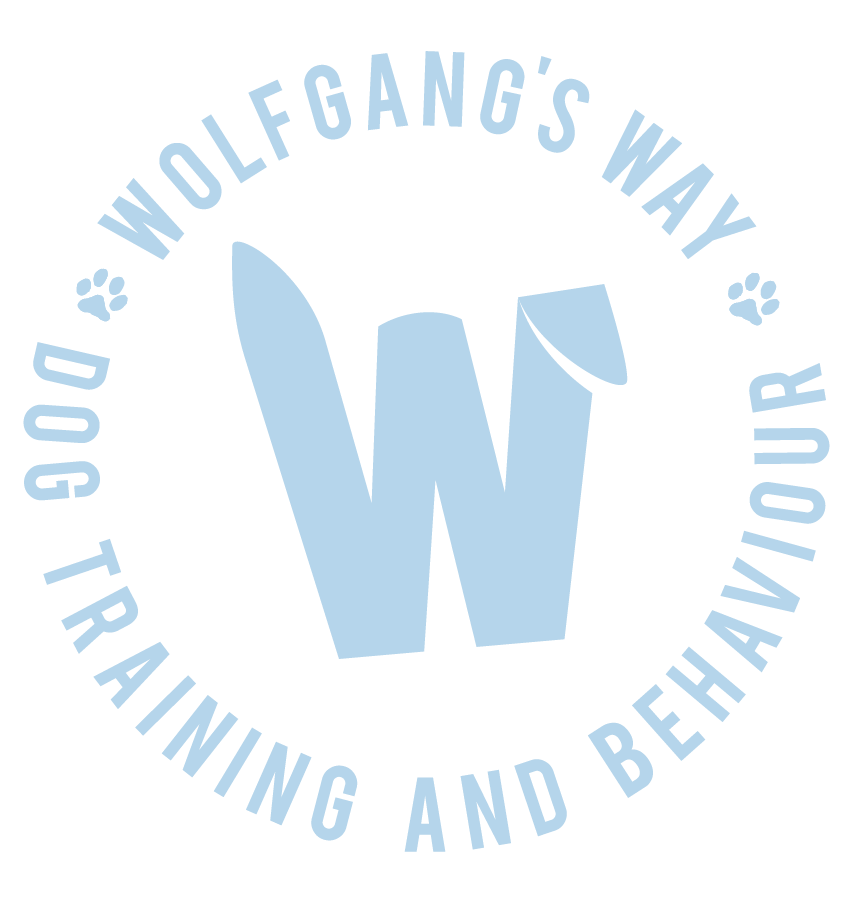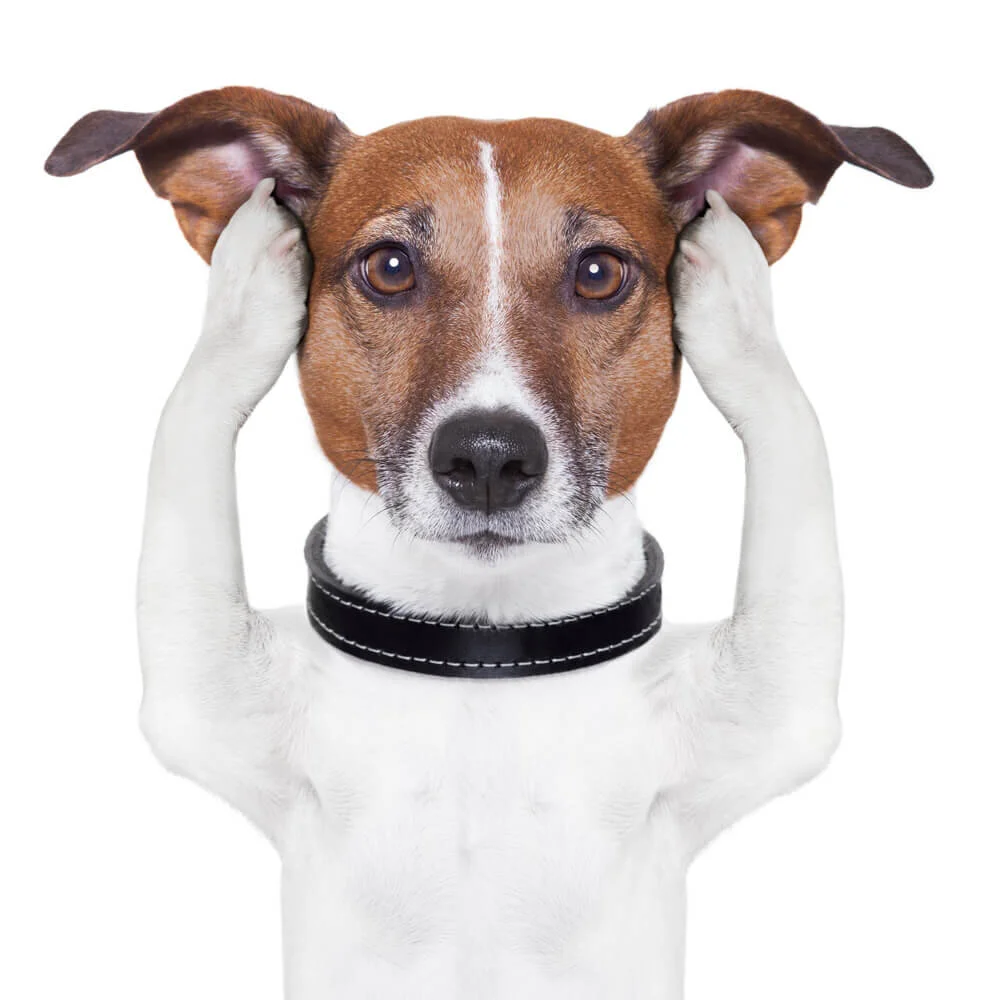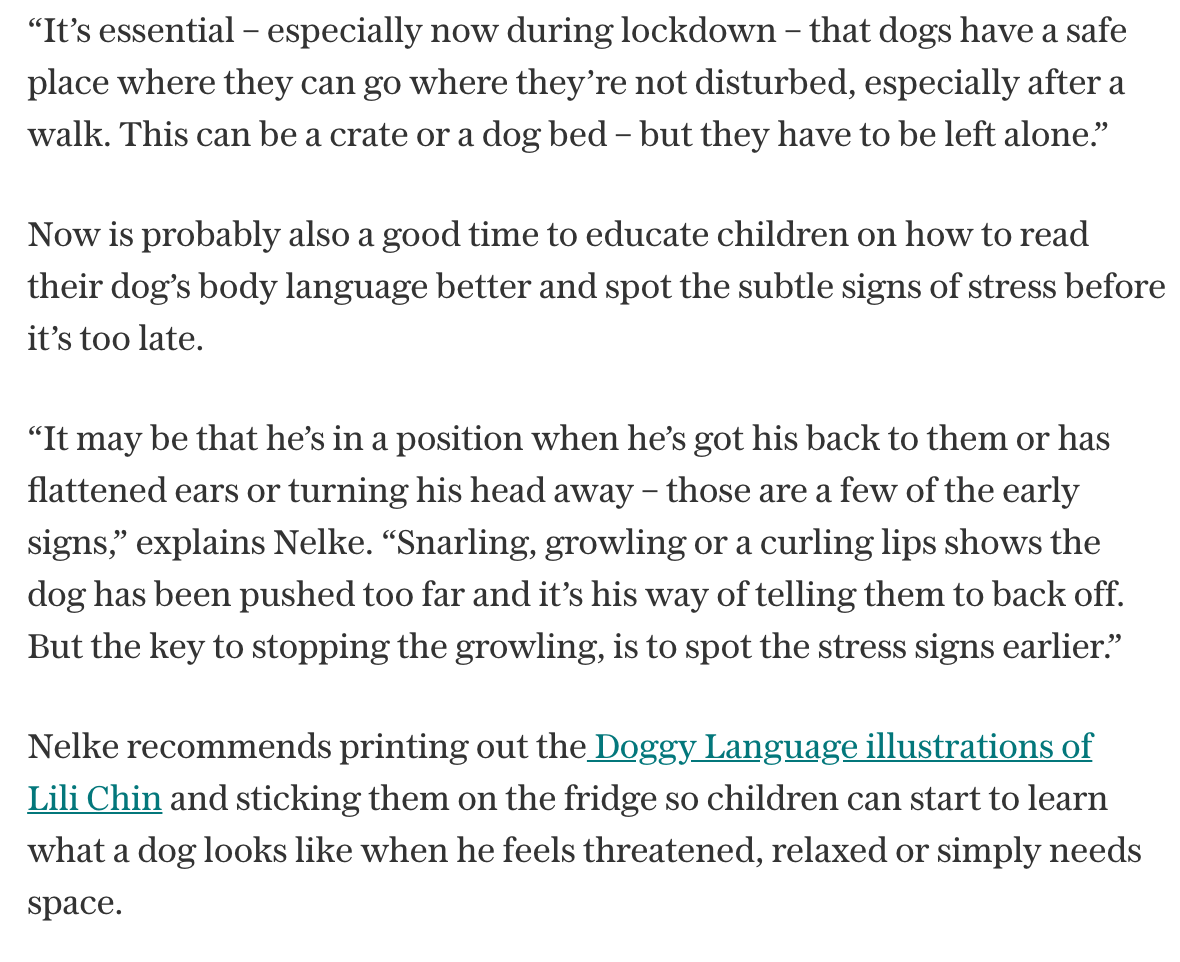Traditionally, dog training has been, and is, done in person, within a group class or 121 with a trainer.
However, many basic puppy and/ or dog training exercises, or working on behavioural ‘issues’, actually don’t require the trainer to be present or ‘do the training’ in person.
After all, what is most important is that the dog’s guardian learns ‘how to’ work with their dog, how to manage their dog’s environment, how to provide the right physical and mental enrichment and so forth.




